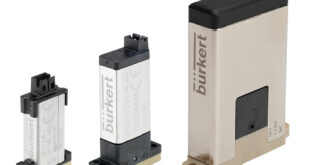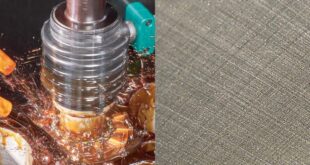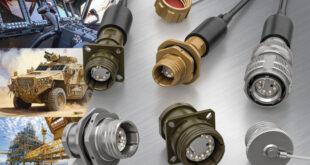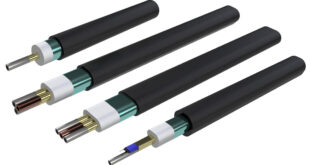Mark Lant explains the difference between Flame Retardant and Arc Flash Resistant PPE, and why it’s so crucial to ensure correct protection
While many could be forgiven for thinking that flame retardant PPE can also help to protect against burns in an Arc Flash incident, what many don’t realise is that these burns aren’t caused by fire, but by thermal energy. Protecting yourself and your team against an arc flash incident requires more specialist garments.
What is an Arc Flash?
Hotter than the sun and louder than a bullet, an Arc Flash is when an arcing fault releases dangerous levels of radiant energy, which vaporises metal that spews from the arc.
The air is super-heated causing pressure waves that can throw individuals across rooms and create a deadly molten shrapnel. They can be caused by voltage spikes, worn connections, cable strikes or gaps in insulation, and are a risk even in low-voltage set ups.
Treatment for those that survive an incident can require years of skin grafts, hospital stays and rehabilitation – they may never recover sufficiently to regain their lifestyle, so it’s safe to say that choosing the appropriate PPE is key when it comes to arc flash safety.
What’s different about Arc Flash protective clothing?
While many might think flame retardant PPE can also provide protection in an Arc Flash incident, there are in fact separate safety standards for Arc Flash clothing, which go further than the ones for fire resistance. This means that the level of protection provided by flame retardant clothing does not match that of Arc resistant PPE.
Arc Flash protective clothing is designed to not only protect you from fire, but from the thermal energy generated by an Arc Flash, which can also cause external and internal burns.
In fact, fabric used in Arc resistant garments must meet higher tear resistance and tensile strength than those used for fire-resistant clothing.
While the threads used for the structural seams must be fire-resistant, under IEC 61482, Arc Flash resistant clothing has various standards that separate it from fire-resistant clothing.
Each arc-resistant garment must be designed in a way to allow the wearer to quickly remove the item; must always have long sleeves rather than short sleeves; and feature no exposed metal.
When searching for appropriate Arc Flash PPE, safety experts should keep their eyes peeled for SafetyICON marking or equivalent, which allows workers to see what type of protection they offer, as well as suitable, arc resistant components, which have been safety approved and tested to withstand an Arc Flash incident.
Additionally, protective garments that are 100% inherent (with protective fibres woven into the fabric), provide durable flame resistant protection that won’t wash out.
However, it’s not just the fabric that needs to be Arc Flash resistant, to provide the ultimate protection, garments should have every stitch, button, popper, zip and press-stud as flame resistant to provide enhanced and effective Arc Flash protection as well as durability.
Mark Lant is technical expert at ProGARM, a specialist in Arc Flash protection.
 Engineer News Network The ultimate online news and information resource for today’s engineer
Engineer News Network The ultimate online news and information resource for today’s engineer




